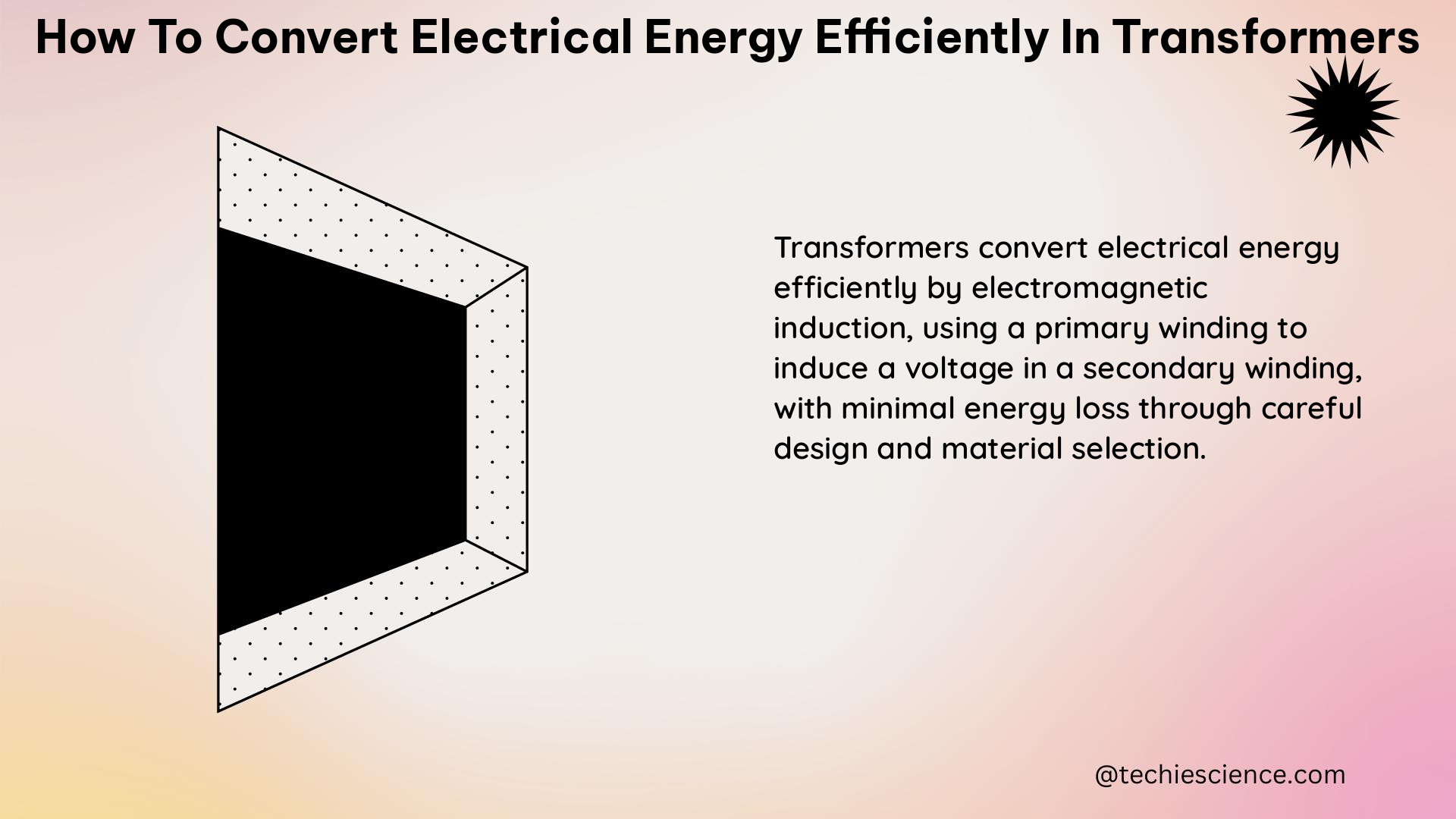Transformers play a crucial role in the efficient conversion of electrical energy, enabling the transmission and distribution of power across vast distances. To ensure optimal energy efficiency in transformers, it is essential to understand the underlying principles, factors, and techniques involved. This comprehensive guide delves into the intricacies of transformer efficiency, providing a wealth of technical details and practical insights to help you navigate the complexities of this essential electrical component.
Understanding Linear and Non-Linear Loads
The nature of the electrical load connected to a transformer can significantly impact its efficiency. Linear loads, such as resistors, inductors, and capacitors, follow the sinusoidal pattern of the voltage and have a predictable phase shift. In contrast, non-linear loads, like power electronics and certain industrial equipment, do not adhere to the sinusoidal pattern, leading to harmonic distortion and reduced efficiency.
Mitigating the Impact of Harmonics

Harmonics are voltages or currents that operate at frequencies that are integral multiples of the fundamental frequency. These harmonics can contribute to poor power quality and diminish the overall efficiency of the transformer. To address this challenge, it is crucial to measure and characterize the harmonics present in the system, ensuring they remain within acceptable limits.
Optimizing DC/AC Inverter Efficiency
DC/AC inverters, which convert direct current (DC) to alternating current (AC), can introduce distorted input current, resulting in significant current harmonics and a low power factor. Measuring the efficiency of the inverter is essential to ensure it operates within acceptable parameters and does not compromise the overall system efficiency.
Enhancing Filter Efficiency
Filters play a crucial role in power systems, but their performance can impact energy efficiency. While filters should not significantly affect harmonics, phase shifts can alter power and, ultimately, energy efficiency over time. Measuring the total harmonic distortion (THD) of the filter is necessary to maintain optimal efficiency.
Maximizing Transformer Efficiency
Transformer efficiency is influenced by various losses, including copper loss due to the ohmic resistance of the windings, iron loss from eddy currents, and hysteresis loss. Carefully measuring the efficiency of the transformer and addressing these losses is essential for achieving high energy conversion rates.
Optimizing System Efficiency
The overall system efficiency depends on the load, which, in this case, is a building. Each component in the system contributes to the total losses, and it is crucial to measure the energy efficiency of the complete system over an extended period to consider the energy (Watt-hours or Joules) rather than just a power reading with a shorter time duration.
Theorem of Conservation of Energy
The theorem of conservation of energy states that energy cannot be created or destroyed, only transferred or transformed. In the context of transformers, this means that the electrical energy input to the transformer must be equal to the electrical energy output, minus any losses due to resistance, heating, or other factors.
Electrical Power Formula
The formula for electrical power is P = IV, where P is the power in watts, I is the current in amperes, and V is the voltage in volts. This formula can be used to calculate the efficiency of a transformer by comparing the input and output power and taking into account any losses.
Physics Example: Transformer Efficiency Calculation
Consider a transformer with an input power of 1000 watts, an output power of 900 watts, and a copper loss of 50 watts. The efficiency can be calculated as (900 – 50) / 1000 = 0.85, or 85%.
Physics Numerical Problem: Transformer Efficiency Calculation
A transformer has an input power of 2000 watts, an output power of 1800 watts, and an iron loss of 30 watts. What is the efficiency of the transformer? The efficiency can be calculated as (1800 – 30) / 2000 = 0.895, or 89.5%.
Visualizing Transformer Efficiency
A figure that could be used to illustrate transformer efficiency might be a graph showing the input power, output power, and losses over time. This could help to visualize the efficiency of the transformer and how it changes over time.
Data Points for Measuring Transformer Efficiency
Data points that could be used to measure transformer efficiency might include the input power, output power, and losses at different points in time. This data could be used to calculate the efficiency of the transformer and how it changes over time.
Values and Measurements for Transformer Efficiency
Values and measurements that could be used to measure transformer efficiency might include the voltage, current, power, and losses at different points in time. These values could be used to calculate the efficiency of the transformer and how it changes over time.
References
- Electrical Energy Efficiency: Technologies and Applications, Sumper Andreas and Baggini Angelo
- Power Quality and Energy Efficiency for Power Measurements, Yokogawa
- DOE Finalizes Energy Efficiency Standards for Distribution Transformers to Protect Domestic Manufacturing, U.S. Department of Energy
- Energy Conservation Standards for Distribution Transformers, U.S. Department of Energy
- Transformer Efficiency, Georgia State University
- Power Quality and Energy Efficiency, Schneider Electric
- Distribution Transformer Efficiency, EPRI
- Transformer Efficiency Calculator, All About Circuits
- Distribution Transformer Efficiency Standards, IEEE
- Transformer Efficiency Improvement, CEEETA
By understanding the factors that influence transformer efficiency, applying the principles of energy conservation, and utilizing the appropriate formulas, measurements, and data analysis, you can optimize the conversion of electrical energy in transformers, ensuring reliable and efficient power delivery.

The lambdageeks.com Core SME Team is a group of experienced subject matter experts from diverse scientific and technical fields including Physics, Chemistry, Technology,Electronics & Electrical Engineering, Automotive, Mechanical Engineering. Our team collaborates to create high-quality, well-researched articles on a wide range of science and technology topics for the lambdageeks.com website.
All Our Senior SME are having more than 7 Years of experience in the respective fields . They are either Working Industry Professionals or assocaited With different Universities. Refer Our Authors Page to get to know About our Core SMEs.